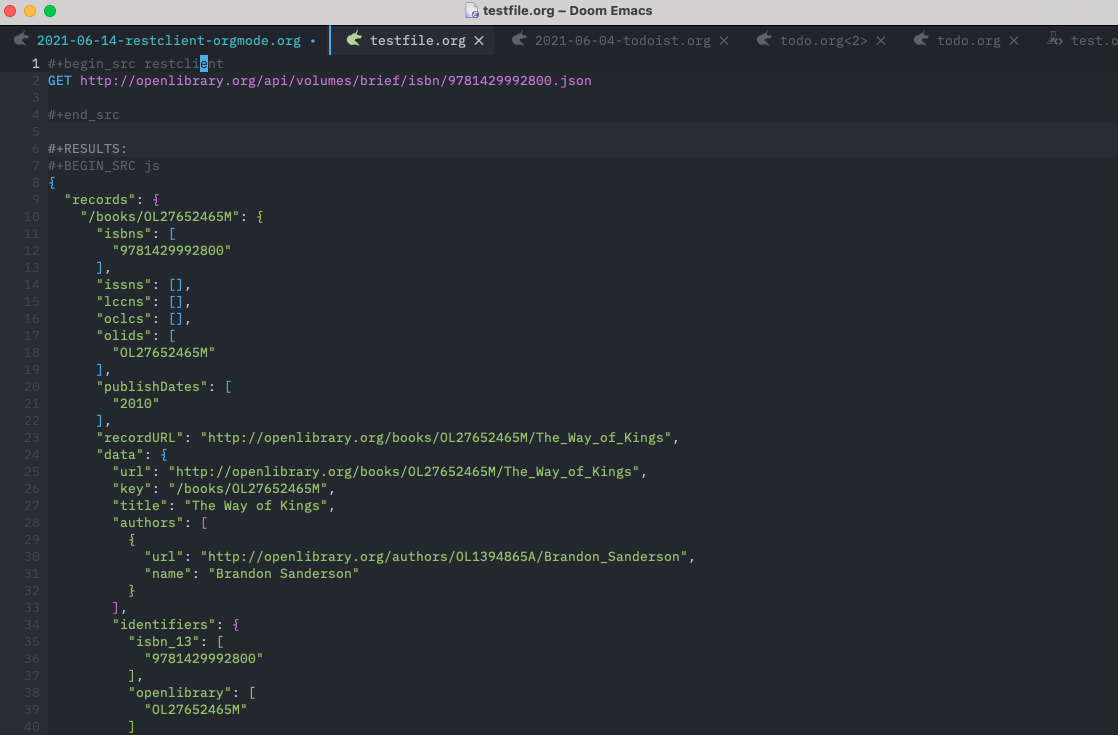A little while ago I ran into someone and we ended up chatting about this blog. He asked an interesting question – "Why do you write the blog?". I didn't have an answer then and I'm not sure that I have one now, but I'm writing about it anyway.
A day or two after that conversation I read Katie Baker's article about the death of Google Reader and the real Internet and it reminded me of the "Why blog?" question. They seem related and really that's the real reason I am writing this.
Let's start with this – I've always fancied myself a writer. Even in my grade school days, I did well on my writing assignments and, dare I say, I was good at it. At times I fancied that I was going to write novels someday. Well that feeling is gone but it's still something I enjoy and something perhaps I will always do, in one way or another. Sönke Ahrens wrote in his book How to Take Smart Notes: One Simple Technique to Boost Writing, Learning and Thinking – for Students, Academics and Nonfiction Book Writers:
If there is one thing the experts agree on, then it is this: You have
to externalize your ideas, you have to write. Richard Feynman stresses
it as much as Benjamin Franklin. If we write, it is more likely that we
understand what we read, remember what we learn and that our thoughts
make sense.
so, in a huge sense, I write mostly for me. To remember things, to process informartion, to sort things out in my brain. But do I write blogs posts for me? Well… sometimes? But that is something different, which I'll probably get to in a different post.
In another sense, I started my blog simply because I like the other blogs that were out there, especially help in more technical issues but also hearing about things from different people's perspectives. I think that was why blog readers were essential. You found a blog that you were interested in and you followed it. Then you only had one place to go to. It wasn't unusual to have 100 blogs to follow. Of course now I still follow blogs. Very few are updated daily, some (I guess like mine) aren't even updated monthly. But that's fine. Perhaps the most important reason that I write is to be a part of the larger web conversation, even if there really isn't one and I'm typing this to the ether.
I remember thinking once that I didn't need Google Reader anymore – I had Twitter and I didn't need to follow anyone else but I could see what the current conversation was. How naive! The early days of Twitter were fun (anyone else remember TweetUps and Tweet Lunches?). But that didn't last long… soon there was so much noise and very little content. I rarely use Twitter anymore. But how am I going to learn and be exposed to new ideas if there is so much noise in the "noise" in the public forum. Now I'm back to using as RSS reader a lot and even though blogs aren't as active as they once was, there is some great stuff out there.
I don't blog because I want to be a professional blogger. Honestly, I don't care about traffic…I don't even keep track. Maybe no one will read it. I'm fine with that. Maybe this is more online journal for me than "wow someone will find is useful." But I do want someone to find it useful. Maybe not you but perhaps someone still stumble on to this and think "wow, that helped me more than StackOverflow" or "I never thought of it that way."
Basically – I blog for me and hope that other people find it useful as well.


